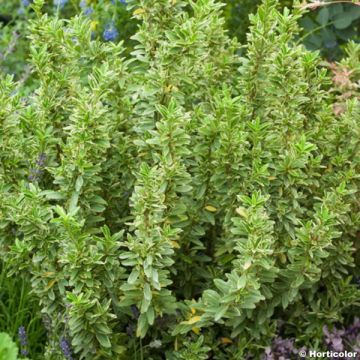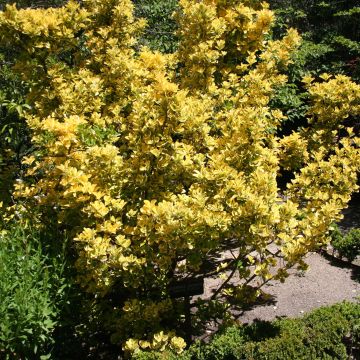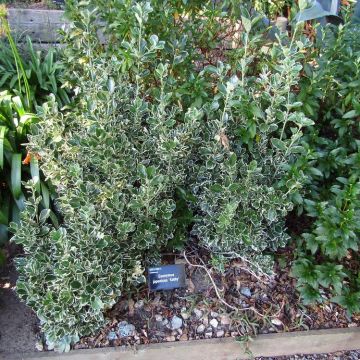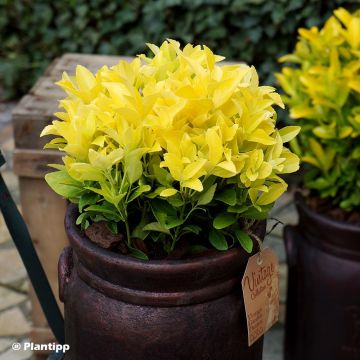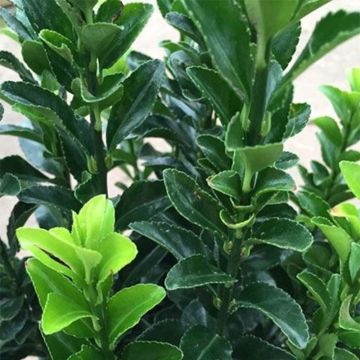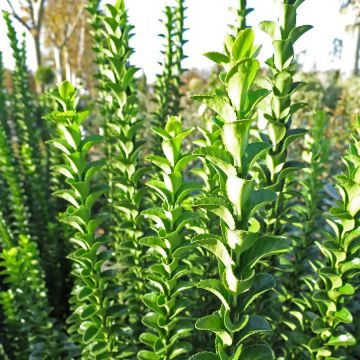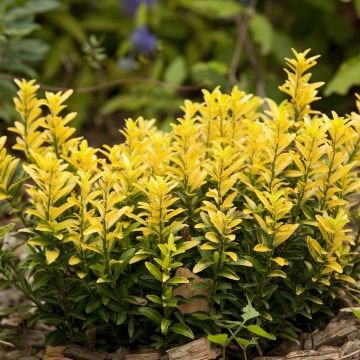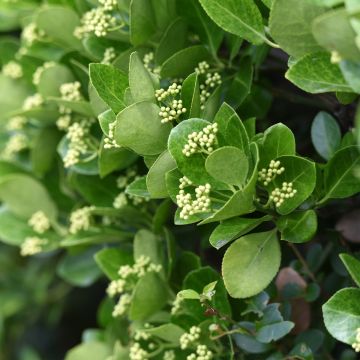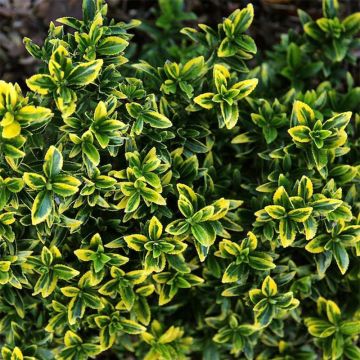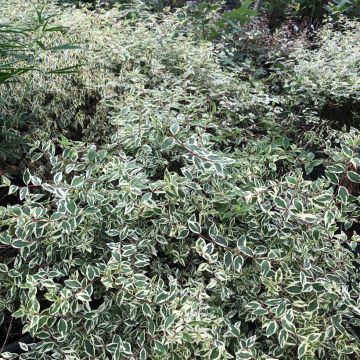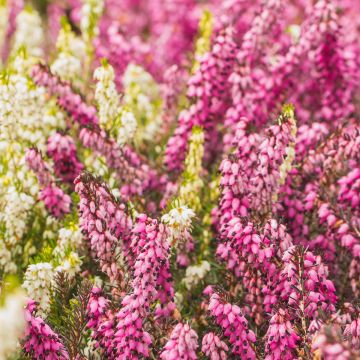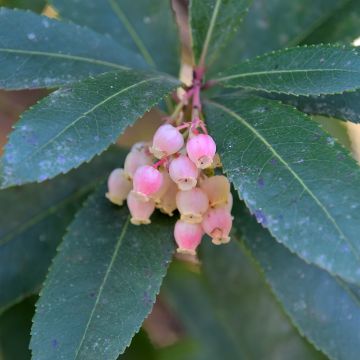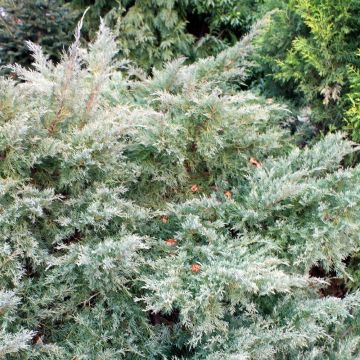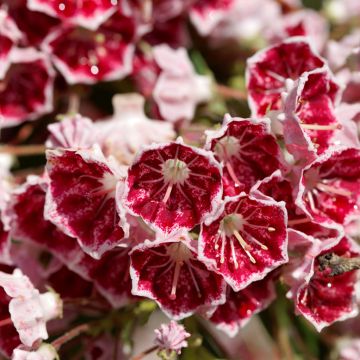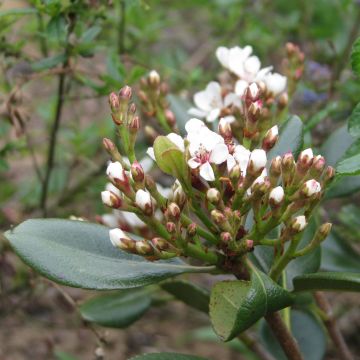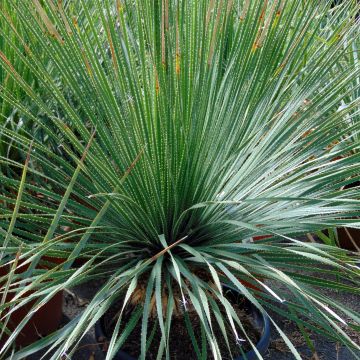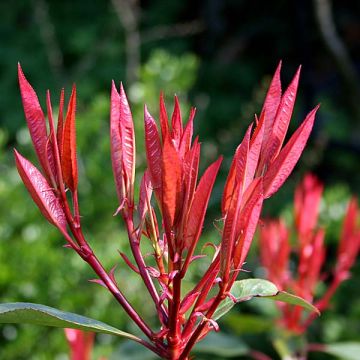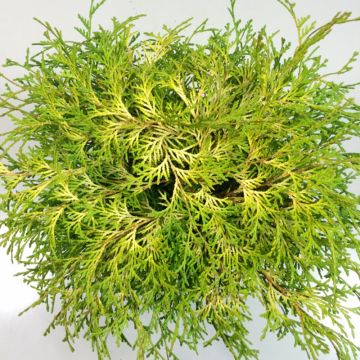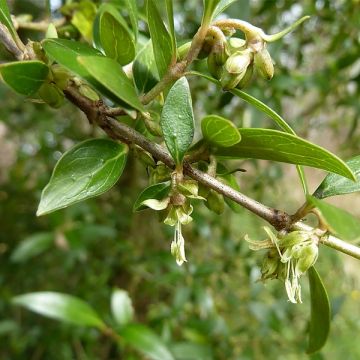Shipping country and language
Your country of residence may be:
Your country of residence is:
For a better user experience on our website, you can select:
Your shipping country:
-
Andorra
-
Austria
-
Belgium
-
Bulgaria
-
Canada
-
Chile
-
Croatia
-
Cyprus
-
Czechia
-
Denmark
-
Estonia
-
Finland
-
France
-
Germany
-
Greece
-
Hungary
-
Iceland
-
Ireland
-
Italy
-
Latvia
-
Lithuania
-
Luxembourg
-
Malta
-
Monaco
-
Netherlands
-
Poland
-
Portugal
-
Romania
-
Slovakia
-
Slovenia
-
Spain
-
Sweden
-
Switzerland
-
United Kingdom
We only deliver seed and bulb products to your country. If you add other products to your basket, they cannot be shipped.
Language:
-
French
-
German
-
Spanish
-
English
-
Italian
My Account
Hello
My wish lists
Log in / Register
Existing customer?
New customer?
Create an account to track your orders, access our customer service and, if you wish, make the most of our upcoming offers.
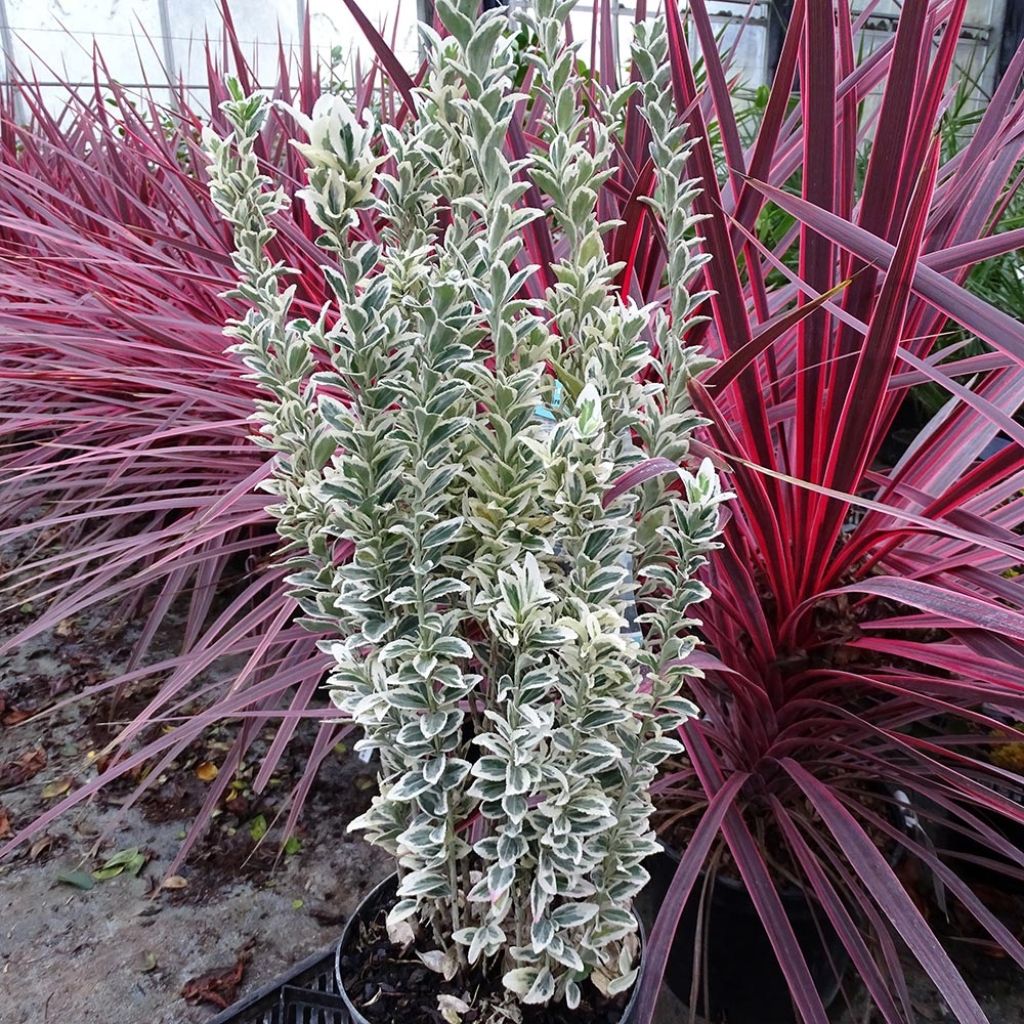

Euonymus japonicus White Spire - Japanese Spindle
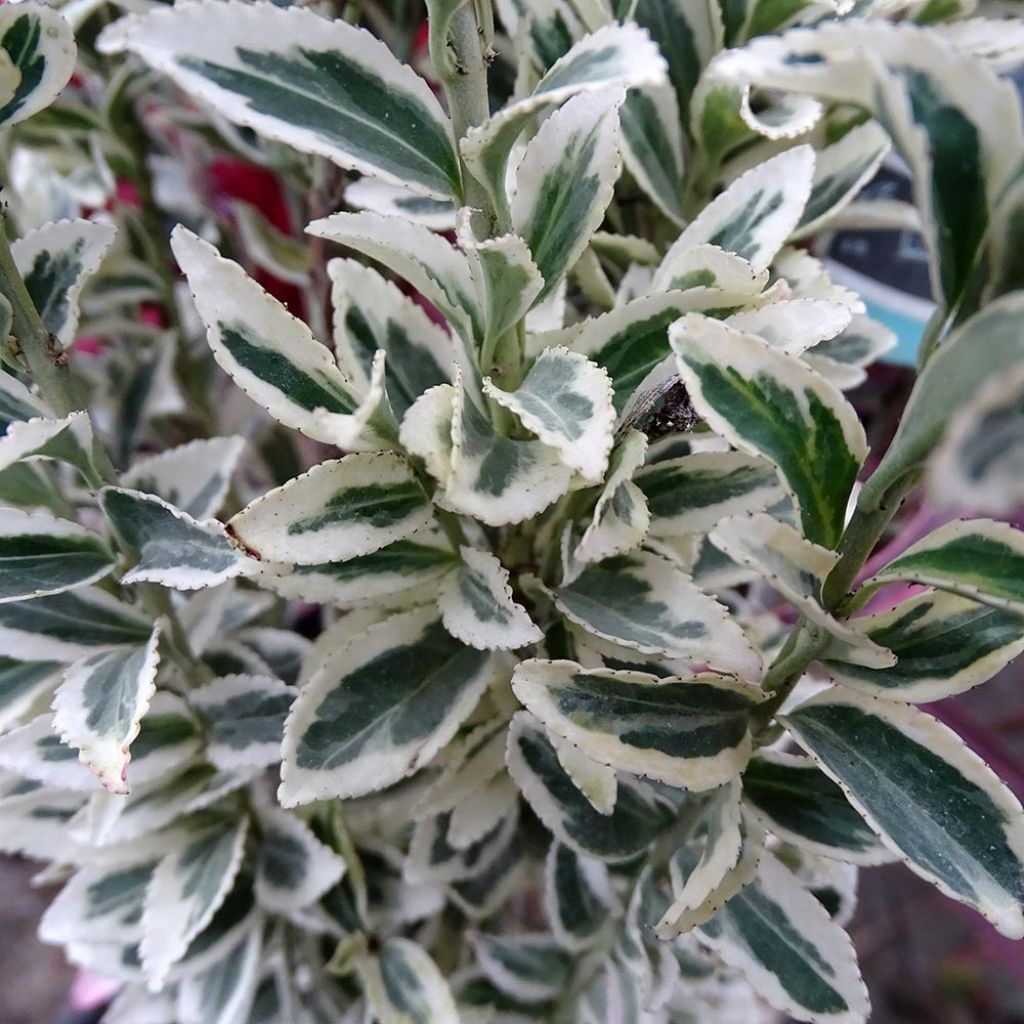

Euonymus japonicus White Spire - Japanese Spindle
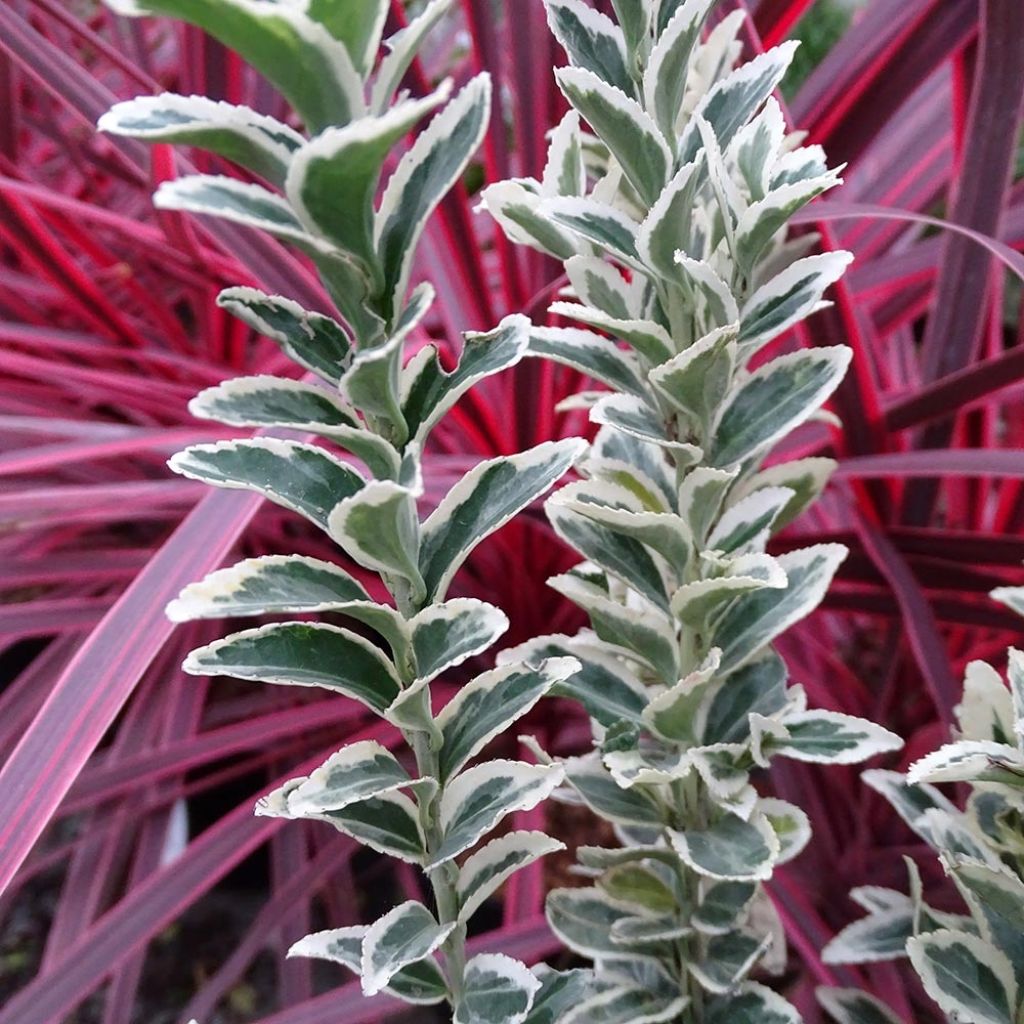

Euonymus japonicus White Spire - Japanese Spindle
Euonymus japonicus White Spire - Japanese Spindle
Euonymus japonicus White Spire
Japanese Spindle, Evergreen Spindle
Lovely bush, well packed. Fast delivery. I hope it will thrive on my terrace. Wait and see.
Eliane, 10/10/2024
Order in the next for dispatch today!
Dispatch by letter from €3.90.
Delivery charge from €5.90 Oversize package delivery charge from €6.90.
More information
This item is not available in your country.
Schedule delivery date,
and select date in basket
This plant carries a 24 months recovery warranty
More information
We guarantee the quality of our plants for a full growing cycle, and will replace at our expense any plant that fails to recover under normal climatic and planting conditions.
From €5.90 for pickup delivery and €6.90 for home delivery
Express home delivery from €8.90.
From €5.90 for pickup delivery and €6.90 for home delivery
Express home delivery from €8.90.

Does this plant fit my garden?
Set up your Plantfit profile →
Description
The Euonymus japonicus 'White Spire' is a new variety of exceptionally bright Japanese Spindle that caused a sensation when it was presented at Plantarium in 2018. This variety of small development is distinguished by a particularly upright growing habit, undeniable elegance, and leaves strongly margined with white throughout the year, even in winter. Ideal for low hedges or large borders to replace boxwood, this bush is also a beautiful subject for the terrace or balcony, alone or in combination with other plants. It is easy to grow in full sun or partial shade, ordinary soil, even limestone, but remaining moist.
The Japanese Spindle belongs to the family of Celastraceae, and as its name suggests, is native to Japan. But it is also found in China and Korea. In the wild, this large bush grows on slopes, in exposed areas at the edge of forests, or coastal areas where it can become a tree of 8 m (26 ft) in height. Its hardiness is around -12°C (10.4°F), and its growth is quite slow.
The cultivar 'White Spire', recently selected in the Netherlands, has a much more modest development, and foliage strongly variegated with white on a green-gray background. It withstands -15°C (5°F) for short periods. In our gardens, it can reach about 50 cm (19.7 in) in height and 30 m (98 ft 5 in) in spread within 5 years, its growth is slow. Its will eventually reach dimensions of about 1.50 m (4 ft 11 in) in height and 75 cm (29.5 in) in spread. Its natural habit is upright growth, supported by vertical branches. Well-branched from the base, its branches bear dense foliage, composed of glossy, green-grey leaves with a wide white margin. They are oval-shaped, 3 to 5 cm (1.2 to 2 in) long, finely toothed on the edge. The discreet flowering takes place in May to June, at the end of the young shoots. Tiny white-greenish flowers with 4 petals are grouped in clusters. They are pollinated by insects and are followed by the formation of small green fruits that turn pink and orange in autumn, hanging under the branches. The evergreen foliage can be damaged by severe frosts.
The Euonymus japonicus 'White Spire', traditionally used to create low evergreen hedges, can also be used in shrub beds to create contrasts with purple barberries, Myrtus 'Tarentina', or even dwarf conifers with dark foliage (Chamaecyparis obtusa Nana, Pinus strobus Ontario...). Its variegated foliage enhances all flowerings and works wonders in partially shaded areas of the garden. Well suited to coastal areas and urban gardens, the Japanese Spindle is often used to create hedges along pathways or property boundaries to protect them from wind and prying eyes. It adapts well to container cultivation, which can be placed on the terrace or balcony, and is also suitable for pruning. Its height will be less significant in pots, as the plant can be shaped according to the gardener's whims, such as attempting topiary art.
Report an error about the product description
Euonymus japonicus White Spire - Japanese Spindle in pictures
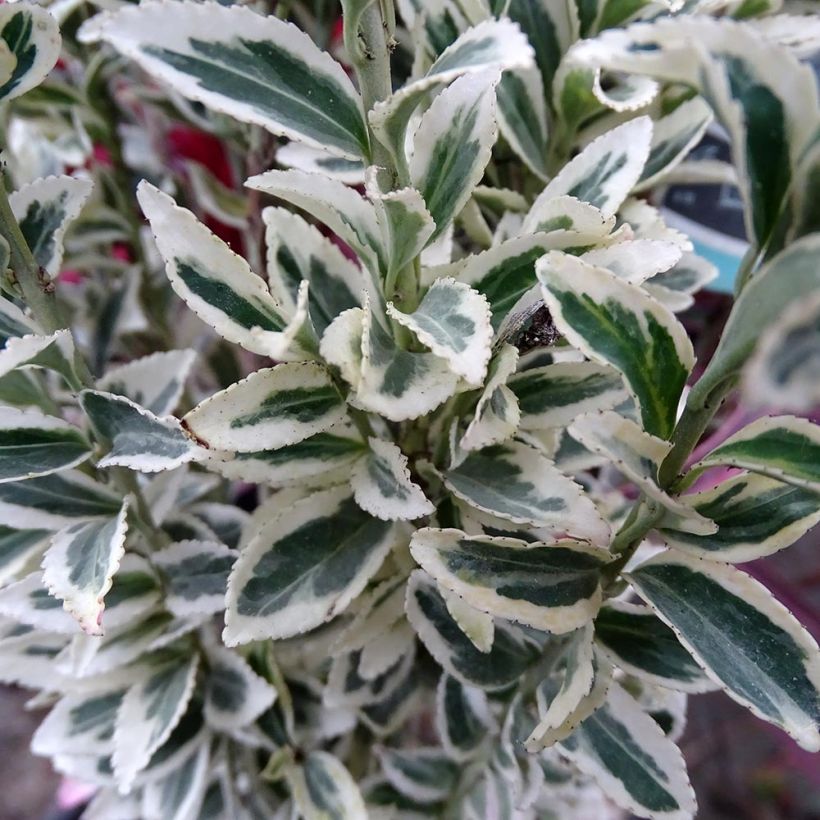

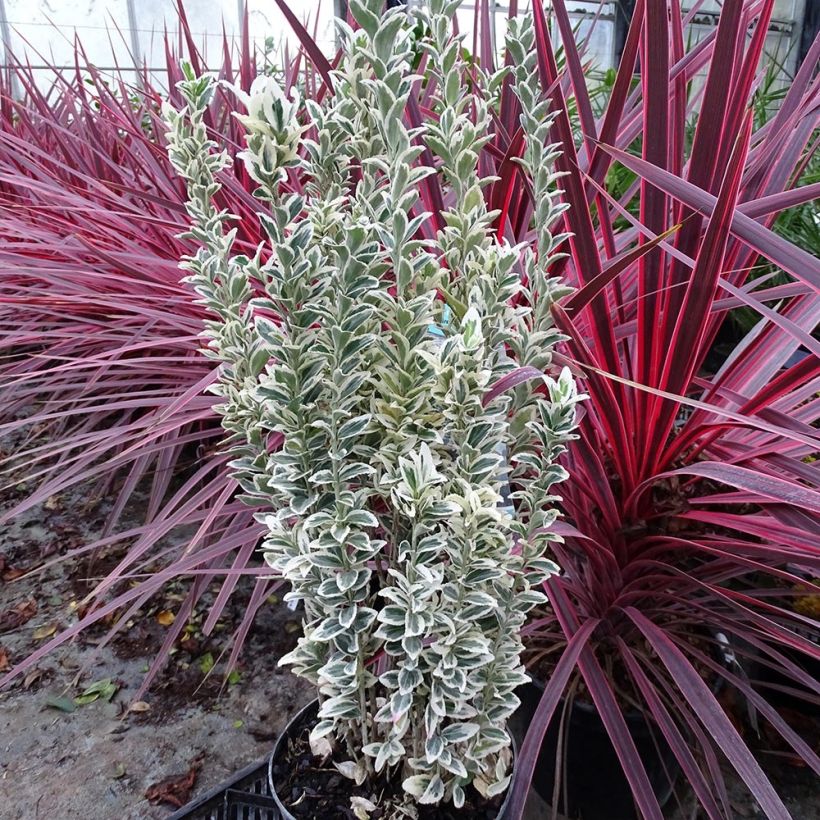

Plant habit
Flowering
Foliage
Botanical data
Euonymus
japonicus
White Spire
Celastraceae
Japanese Spindle, Evergreen Spindle
Cultivar or hybrid
Other Japanese Spindle Trees - Euonymus japonicus
Planting and care
The Euonymus japonicus is preferably planted in spring in any well-drained soil in a gently sunny or lightly shaded position. It prefers deep, humus-rich soils that remain moist and tolerates the presence of limestone in the soil. It fears strong frost and is hardy up to around -12/-15°C. The hot and dry climates in the South of our country are not very suitable for this evergreen spindle tree, as it may become infested with mealybugs and sooty mold. Pruning is well tolerated between April and May. Caution: pruning too early in spring can be harmful to young tender shoots in case of late frost. Similarly, too frequent pruning can lead to the development of sooty mold, especially in very dry soil. Apply fertilizer twice a year, in early spring and autumn. In case of drought, water to maintain a beautiful foliage. If the plant is grown in a pot, it is necessary to change the growing substrate once a year in spring. Protect your pot if strong frost is forecast (<-5°C).
Planting period
Intended location
Care
-
, onOrder confirmed
Reply from on Promesse de fleurs
Evergreen shrubs
Haven't found what you were looking for?
Hardiness is the lowest winter temperature a plant can endure without suffering serious damage or even dying. However, hardiness is affected by location (a sheltered area, such as a patio), protection (winter cover) and soil type (hardiness is improved by well-drained soil).

Photo Sharing Terms & Conditions
In order to encourage gardeners to interact and share their experiences, Promesse de fleurs offers various media enabling content to be uploaded onto its Site - in particular via the ‘Photo sharing’ module.
The User agrees to refrain from:
- Posting any content that is illegal, prejudicial, insulting, racist, inciteful to hatred, revisionist, contrary to public decency, that infringes on privacy or on the privacy rights of third parties, in particular the publicity rights of persons and goods, intellectual property rights, or the right to privacy.
- Submitting content on behalf of a third party;
- Impersonate the identity of a third party and/or publish any personal information about a third party;
In general, the User undertakes to refrain from any unethical behaviour.
All Content (in particular text, comments, files, images, photos, videos, creative works, etc.), which may be subject to property or intellectual property rights, image or other private rights, shall remain the property of the User, subject to the limited rights granted by the terms of the licence granted by Promesse de fleurs as stated below. Users are at liberty to publish or not to publish such Content on the Site, notably via the ‘Photo Sharing’ facility, and accept that this Content shall be made public and freely accessible, notably on the Internet.
Users further acknowledge, undertake to have ,and guarantee that they hold all necessary rights and permissions to publish such material on the Site, in particular with regard to the legislation in force pertaining to any privacy, property, intellectual property, image, or contractual rights, or rights of any other nature. By publishing such Content on the Site, Users acknowledge accepting full liability as publishers of the Content within the meaning of the law, and grant Promesse de fleurs, free of charge, an inclusive, worldwide licence for the said Content for the entire duration of its publication, including all reproduction, representation, up/downloading, displaying, performing, transmission, and storage rights.
Users also grant permission for their name to be linked to the Content and accept that this link may not always be made available.
By engaging in posting material, Users consent to their Content becoming automatically accessible on the Internet, in particular on other sites and/or blogs and/or web pages of the Promesse de fleurs site, including in particular social pages and the Promesse de fleurs catalogue.
Users may secure the removal of entrusted content free of charge by issuing a simple request via our contact form.
The flowering period indicated on our website applies to countries and regions located in USDA zone 8 (France, the United Kingdom, Ireland, the Netherlands, etc.)
It will vary according to where you live:
- In zones 9 to 10 (Italy, Spain, Greece, etc.), flowering will occur about 2 to 4 weeks earlier.
- In zones 6 to 7 (Germany, Poland, Slovenia, and lower mountainous regions), flowering will be delayed by 2 to 3 weeks.
- In zone 5 (Central Europe, Scandinavia), blooming will be delayed by 3 to 5 weeks.
In temperate climates, pruning of spring-flowering shrubs (forsythia, spireas, etc.) should be done just after flowering.
Pruning of summer-flowering shrubs (Indian Lilac, Perovskia, etc.) can be done in winter or spring.
In cold regions as well as with frost-sensitive plants, avoid pruning too early when severe frosts may still occur.
The planting period indicated on our website applies to countries and regions located in USDA zone 8 (France, United Kingdom, Ireland, Netherlands).
It will vary according to where you live:
- In Mediterranean zones (Marseille, Madrid, Milan, etc.), autumn and winter are the best planting periods.
- In continental zones (Strasbourg, Munich, Vienna, etc.), delay planting by 2 to 3 weeks in spring and bring it forward by 2 to 4 weeks in autumn.
- In mountainous regions (the Alps, Pyrenees, Carpathians, etc.), it is best to plant in late spring (May-June) or late summer (August-September).
The harvesting period indicated on our website applies to countries and regions in USDA zone 8 (France, England, Ireland, the Netherlands).
In colder areas (Scandinavia, Poland, Austria...) fruit and vegetable harvests are likely to be delayed by 3-4 weeks.
In warmer areas (Italy, Spain, Greece, etc.), harvesting will probably take place earlier, depending on weather conditions.
The sowing periods indicated on our website apply to countries and regions within USDA Zone 8 (France, UK, Ireland, Netherlands).
In colder areas (Scandinavia, Poland, Austria...), delay any outdoor sowing by 3-4 weeks, or sow under glass.
In warmer climes (Italy, Spain, Greece, etc.), bring outdoor sowing forward by a few weeks.
